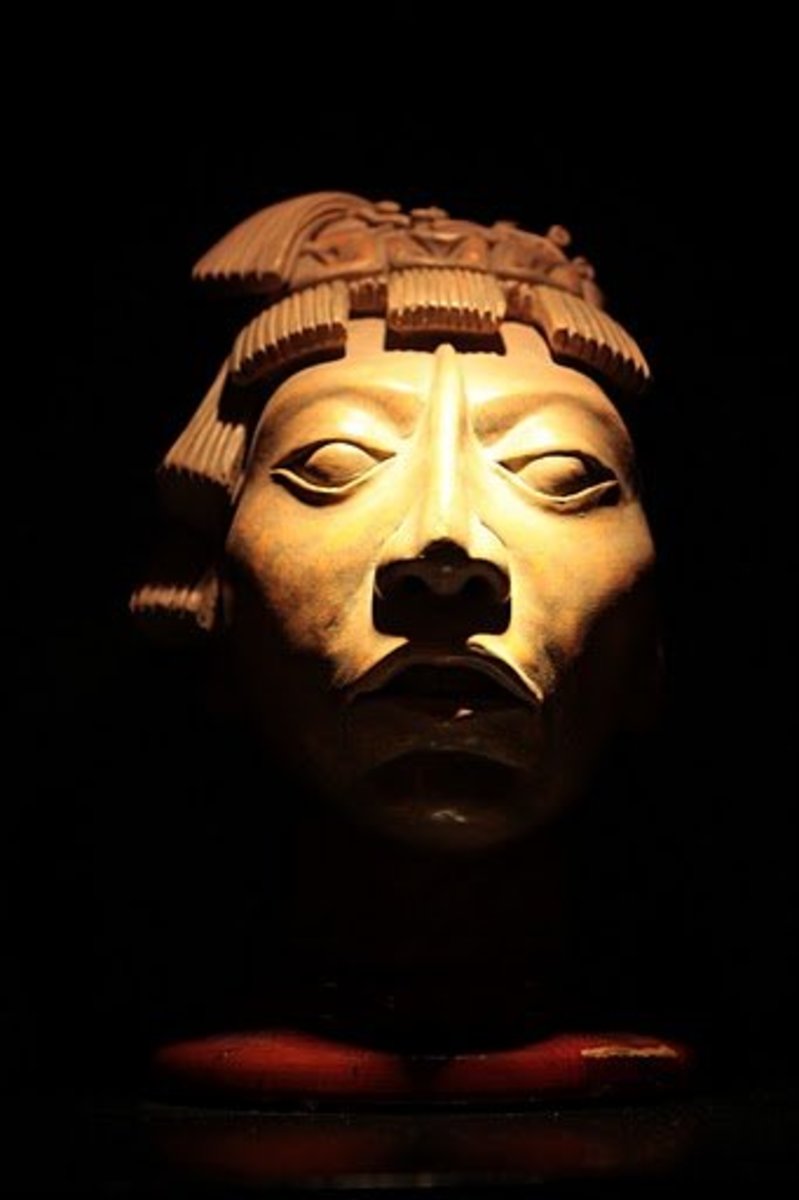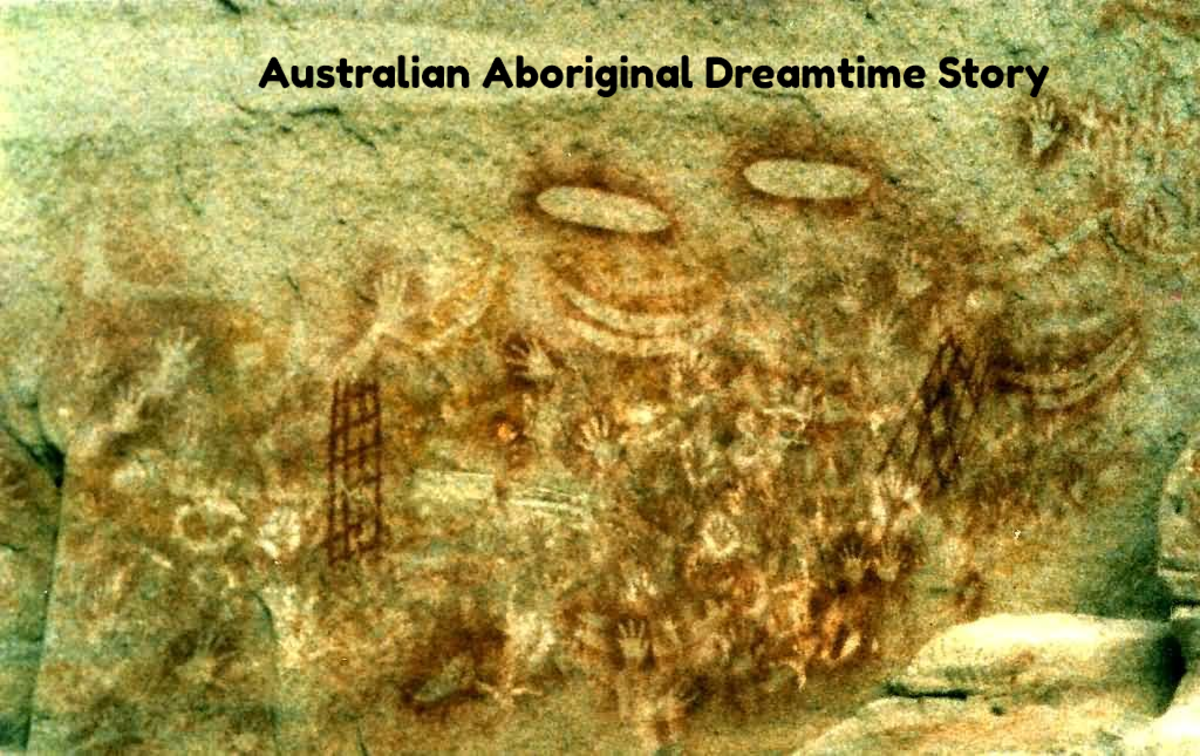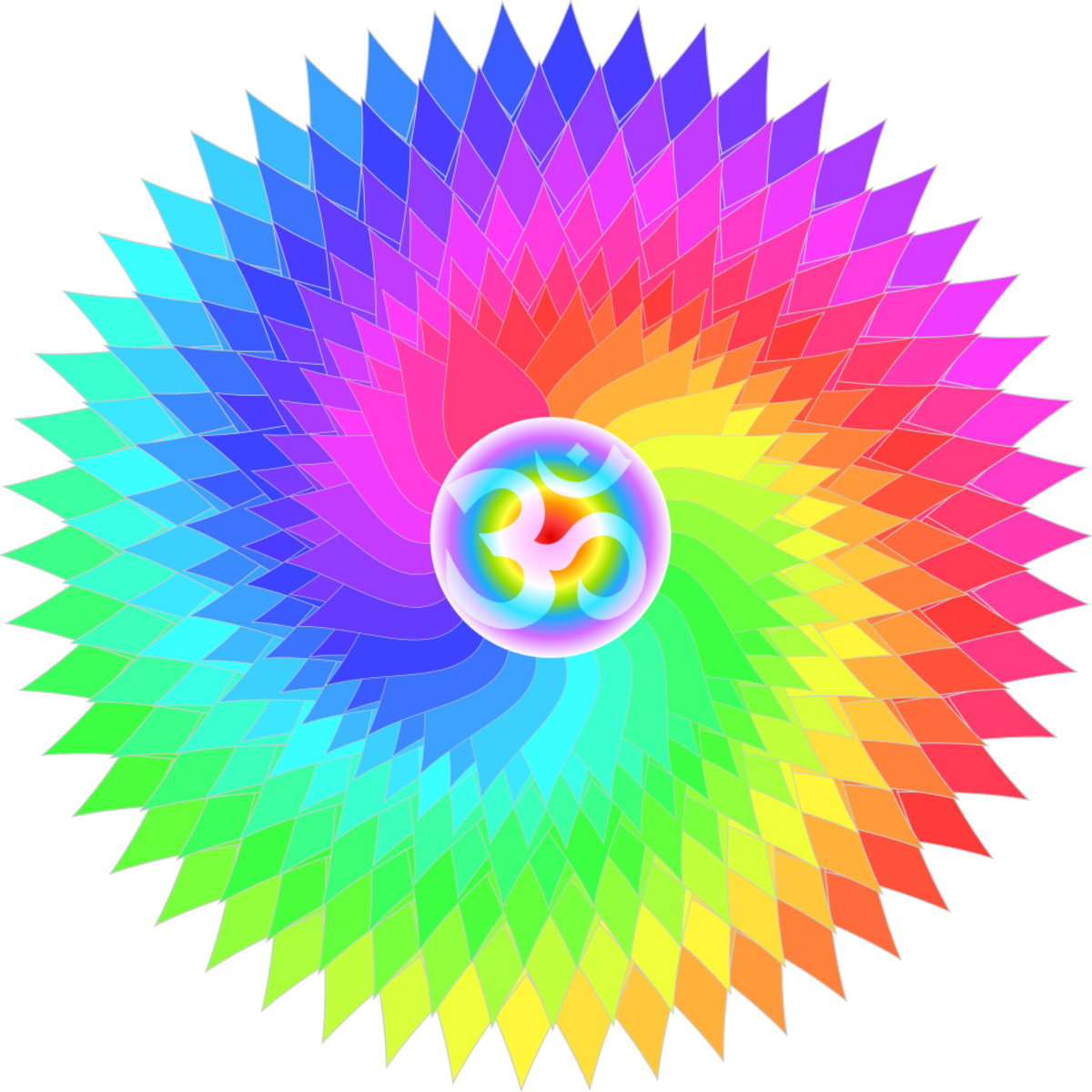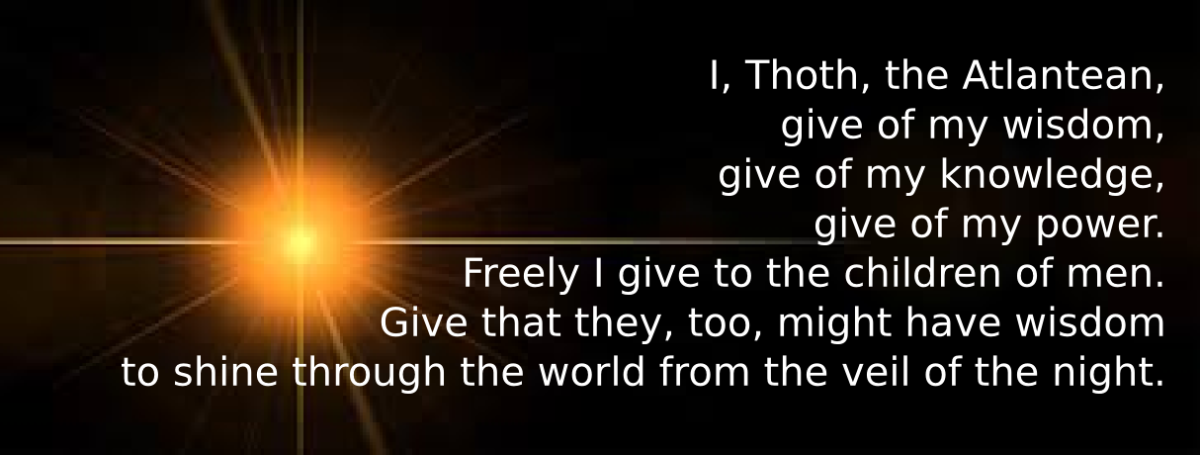The Sacred Diamond Back Rattle Snake
The Diamond Back Rattlesnake is central in Mayan Cosmogony
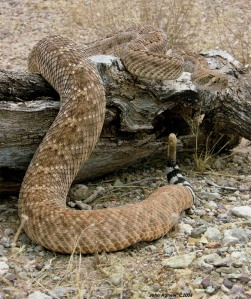

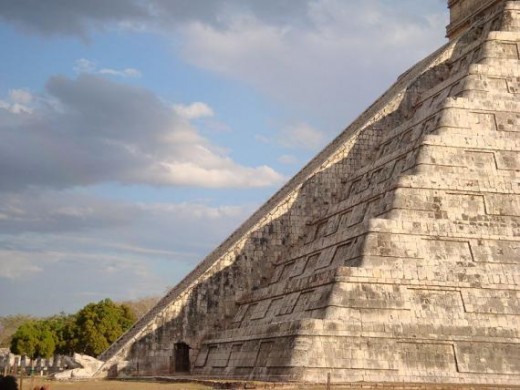
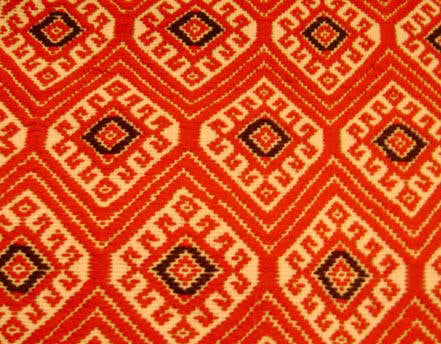

The View of the Maya
The Polpol Vuh contains the detailed creation story of the Maya that was first translated in the 16th century into Quiche. From there we got the information translated in various European languages, principally, Spanish, English, French and German. It is fortunate that we have this foundation upon which much of the later information that was gleaned in the 19th and 20th centuries was later teased out. This has been a tedious task involving hundreds of archeologists, linguists and historians. What we have uncovered thus far is related as follows.
According to the Maya, the creation of all that there is was carried out in accordance with the geometric design on the scales of rattlesnake. The Mayan creator, Kukulchan-KuKulcán, is described as a mathematician. The root of the word Tz’akol and the Tzolkin (from the calendar system), is Tza, as in Tzamná or Itzamná, which comes from the word Tzab, translated as rattlesnake, “onomatopoeic with the sound of the rattle”, a wake up call. Tz’akol is the creator bring who is a god, a man, a bird and a serpent all in one being known as Quetzalcóatl or Kukulcán. This creator is a mathematician/geometer extraordinaire, the creator of all things. Tzab is also the Yucatec Maya word for the cluster of stars we identify as the “Pleiades” displaying 7 seven visible stars, analogous and compared to the 7 rattles on the tail of the sacred rattlesnake. It is even said that there is an “Ahaw”, a lord/sun sign on the serpent’s tail end where the rattle connects. We know today that the Pleiades are located in the constellation of Taurus, which is close to the “Heart-of-Sky” located between Taurus and Gemini, which is also called the loop of the snake.
The feathered serpent in Maya cosmogony, signifies among other things, the milky way, time including the chronology as laid out in the complex calendar system such as the Tzolk'in, which is the combination of the various cycles of the three principle calendars that result in the 52 year calendar round. This number is reflected in the scale count on the diamond back rattler. This is shown in the account of Quetzalcóatl/Kuculcan who was reputed to be the inventor of the science of the measure of time. The rattlesnake emblem used in Maya writing is called Can or Coatl.
The number four relates to Kukulcán and Quetzalcóatl, corresponding to the four sides of the square appearing in the designs on the skin of the Yucatan diamond back rattle snake. This rattle snake's body has this pattern of proportion containing from end to end and provides the base for the astronomic arithmetic of the Maya. This arithmetic has the numbers four and thirteen repeated in various aspects of the geometric model found on the diamond back rattlesnake. The dot product of 4 and 13 is 52, a number that is sacred to the Maya. It also shows itself as the symbol of the four calendar solstice blades; “Can” or “Nahui 0lin”. All in all, it is a well integrated system and the astonishing fact that the diamond back rattlesnake recapitulates this in its design leaves little wonder that the Maya considered the diamond back rattlesnake to be sacred.
To the Christians, the snake is considered one of the symbols of the anti-Christ or that devil, Satan. Thus we see the foundations of the conflict between the beliefs of the Maya and that of the invading Spaniards. The fact of the sacredness of the diamond back rattlesnake, that was the representation of Kukulcán, the feathered serpent, was enough to get the Catholic padres accompanying the invaders to burn the fabulous libraries of the Maya, leaving following historians a stupendous task of reconstruction. There were other causes given to us by historians, such as the practice of human sacrifice, but we wonder when the Catholics were no strangers to torture and human sacrifice. Certainly sending soldiers into foreign territories to enrich the aristocracy and church in Europe constitutes a veiled form of human sacrifice. The miserable mission work camps in the California region certainly added to human sacrifice by way of over work, starvation and disease. So bad were the conditions in the mission work camps, that it inspired a successful rebellion on part of the California First Nations.
Some particular diamond back rattlesnakes have thirteen scales in each of four rows for a total of 52, hence the connection to the calendar round of time measuring. This pattern is recapitulated in many of their designs found in the design of the calendar, their clothing patterns and in village layout. This is the number of years in the Maya and Toltec astronomical cycles known as canturÍa the main period that combine the movements of the Sun, the Moon and Venus. As we have related about the Metonic lunar cycle of 235 lunations over 19 years and Venus' curious 8:13 orbital cycle relationship with Earth, this is all astoundingly synchronized.
In all the Mayan regions, there are stellae and stone reliefs on important ceremonial centers of priests holding a ceremonial rod in both hands that has, in the center, the row of vertical squares of the “Ajau Can” or the rattlesnake's diamond pattern. Often these rods have a snake head, similar to the medical caduceus derived from ancient western sources. These were the mathematical insignias of the Maya wise priests that ordered the construction of the Mayan temples from which we get visions such as the descending and ascending serpent on the Kukulcán pyramid at Chitzen Itza.
As the living diamond rattlesnake moves, the patterns shift and change, indicating to the Maya, the changing and fluctuating nature of the cosmos while basic number symbolism remained constant. These patterns revealed geometry, arithmetic, cosmology/cosmogony and architecture.



